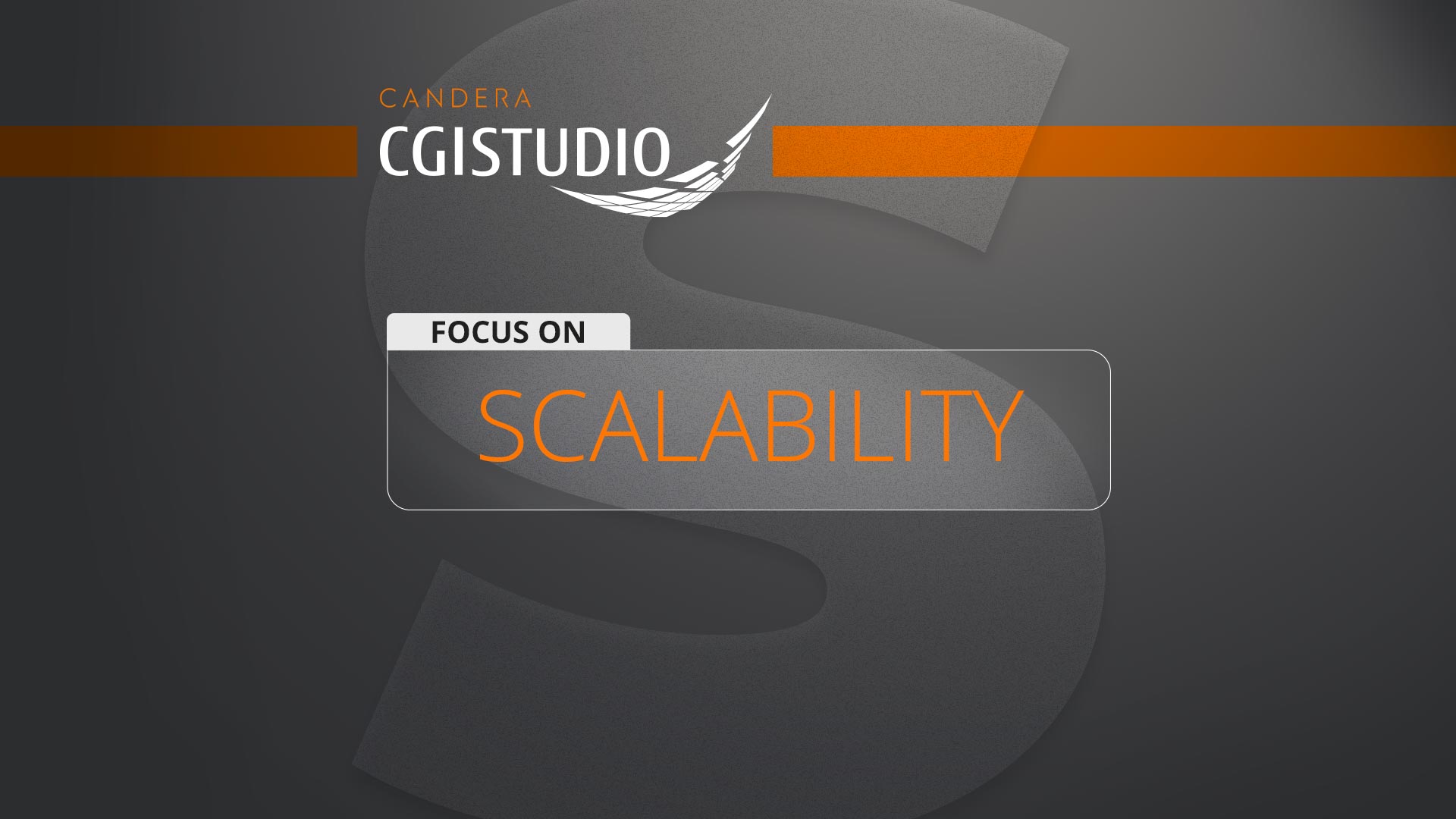
CGI Studio: A Scalable Solution for Cross-Platform HMI Developement
In today's tech-driven world, cross-platform HMI development is essential. Automotive dashboards, medical devices, and more - all require sophisticated Human-Machine Interfaces (HMIs) that operate seamlessly across different environments. CGI Studio provides a scalable solution, allowing developers to manage HMI projects efficiently regardless of the platform or device.
The Growing Need for Cross-Platform HMI Development
The increasing need for cutting-edge HMIs is apparent across industries like automotive, consumer electronics, and medical. However, developing HMIs for diverse platforms often leads to higher costs, longer development times, and consistency issues. CGI Studio addresses these challenges by offering a scalable, cross-platform solution that reduces platform-specific customizations, ensuring consistent user experiences and significantly lowering costs. By providing a unified development environment, CGI Studio helps developers focus more on innovation rather than rewriting code for different platforms, leading to a more streamlined process.What Makes CGI Studio’s Scalability Stand Out?
CGI Studio’s standout feature is its ability to scale across hardware and software environments. Developers can reuse large parts of their solutions, adapting HMIs across different platforms with minimal rework. This capability is crucial for automotive applications, where different vehicle models need consistent interfaces despite varied specifications. CGI Studio ensures a unified core HMI, simplifying modifications and lowering development costs. Additionally, this cross-platform capability reduces the fragmentation seen in traditional HMI development, allowing developers to maintain a consistent visual and functional design across various products.Integration Flexibility Across Applications
CGI Studio offers flexibility by allowing HMIs to be integrated into multiple applications, including automotive, medical, and consumer electronics. Developers can adapt and extend HMI features as needed, making it easy to repurpose existing elements for new products. This adaptability ensures efficient development while maintaining a cohesive experience across products, which is particularly beneficial in maintaining brand consistency across multiple product lines.Future-Proofing Your HMI Projects
In an era where technology evolves rapidly, future-proofing HMI development is critical. CGI Studio allows developers to scale HMI projects from basic microcontroller units (MCUs) to more advanced hardware as product requirements evolve, avoiding costly redevelopment. Its scalability enables easy updates and feature additions, such as 3D graphics, keeping HMI projects relevant as technologies advance. Developers can ensure that the interfaces they build today will remain adaptable and modern, supporting newer hardware capabilities and software upgrades without needing a complete redesign.Reducing Time-to-Market
CGI Studio significantly cuts development time by enabling code reuse across platforms. This is particularly crucial for industries like automotive, where fast development cycles are competitive advantages. CGI Studio’s approach shortens these cycles, helping companies bring products to market faster. By facilitating faster iterations and minimizing repetitive tasks, CGI Studio allows developers to focus more on fine-tuning the user experience rather than managing compatibility across platforms.Conclusion: Scalable HMI Development for the Future
CGI Studio’s cross-platform capabilities provide a flexible solution for developing scalable HMIs, reducing time-to-market and ensuring consistency across diverse devices. CGI Studio stands out by empowering developers to build sophisticated, adaptable solutions, making HMI development efficient, future-proof, and capable of meeting the evolving needs of both industries and users.